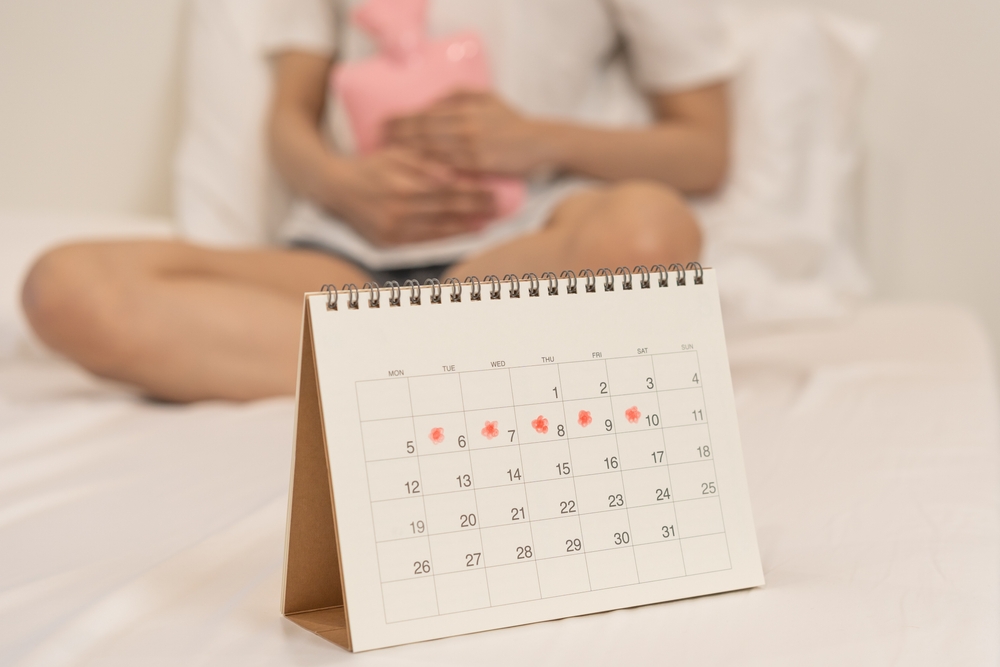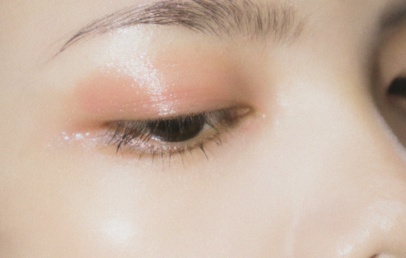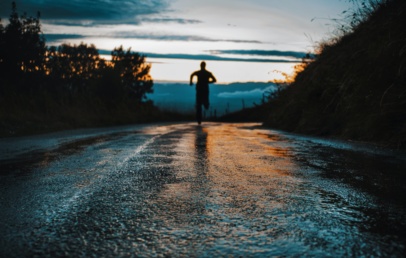
If you’ve scrolled through social media lately, you may have come across a new “menstrual hack” — eating more red meat during your period to fight fatigue and dizziness. The logic sounds simple: since you lose iron when you bleed, wouldn’t eating iron-rich foods like steak help replace it?
It’s not a bad idea in theory. Red meat is a solid source of iron. But experts say the real story is a little more nuanced — and loading up on steak alone probably won’t solve your period-related iron woes. Let’s break it down.
Why Periods Can Leave You Low on Iron
Iron is a key nutrient your body uses to make hemoglobin — the protein in red blood cells that carries oxygen. When you have your period, you lose blood, and with it, some iron.
On average, most people lose about 2 to 3 tablespoons of blood during menstruation, which equals roughly 30 to 45 milligrams of iron. For those with heavier flows (a condition called menorrhagia), the loss can be double that amount — putting them at higher risk for iron deficiency.
That’s why some people feel extra tired, dizzy, or weak during their cycle — their bodies are literally running on less oxygen-carrying power.
Can Eating Red Meat Really Replace What You Lose?
Red meat does contain heme iron — the kind that’s easiest for your body to absorb. For example, a 6-ounce sirloin steak offers about 4 milligrams of iron.
That’s helpful, but as registered dietitian Sue-Ellen Anderson-Haynes points out, you’d need a lot of steak to fully replace what’s lost in a heavy period. “Simply eating a steak on the first day of your period is not a cure for low iron stores,” adds nutrition expert Emma Laing, PhD, RDN.
Your iron balance depends on more than just one meal. Factors like your overall diet, physical activity, medications, and even hormones all play a role in how much iron your body keeps or loses.
Smart Ways to Support Your Iron Levels
Eating red meat can be part of the picture, but it’s not the only way to help your body recover. Here are a few expert-backed tips:
1. Mix It Up with Iron-Rich Foods
Try adding a variety of iron sources — both animal and plant-based — into your meals.
- Lentils: 3 mg per ½ cup
- Oysters: 8 mg per 3 oz
- Chickpeas: 2 mg per ½ cup
- Cooked spinach: 3 mg per ½ cup
- White beans: 8 mg per cup
- Iron-fortified cereals: up to 13 mg per serving
2. Pair Iron with Vitamin C
Vitamin C helps your body absorb iron more effectively, especially from plant foods. So, squeeze some lemon on your spinach, or pair your lentil soup with a glass of orange juice.
- Oranges: 70 mg per fruit
- Strawberries: 49 mg per ½ cup
- Red bell pepper: 95 mg per ½ cup (cooked)
- Kiwifruit: 64 mg per fruit
- Broccoli: 51 mg per ½ cup (cooked)
3. Time Your Meals Right
Some foods and drinks block iron absorption. Try spacing these at least an hour before or after your iron-rich meals:
- Coffee or tea
- Red wine
- Dairy products
- Whole grains
As Dr. Jian Jenny Tang explains, “Certain foods and drinks can block iron uptake. Limiting these around iron-rich meals can improve absorption.”
4. Consider a Supplement — If Needed
Most people don’t need iron supplements unless they have confirmed low levels. But if you often have heavy periods or notice symptoms like extreme fatigue, pale skin, or shortness of breath, talk to your healthcare provider. A simple blood test can check your iron status, and supplements can be prescribed if necessary.
Eating red meat during your period can help — but it’s not a magic fix. To truly keep your iron levels steady, focus on a balanced diet that includes a mix of iron-rich foods, pair them with vitamin C, and avoid blockers like coffee or dairy right around mealtime.
And if your periods are particularly heavy or your fatigue feels out of the ordinary, it’s worth checking in with your doctor. A little proactive care can go a long way in keeping your energy — and your iron — right where it should be.




